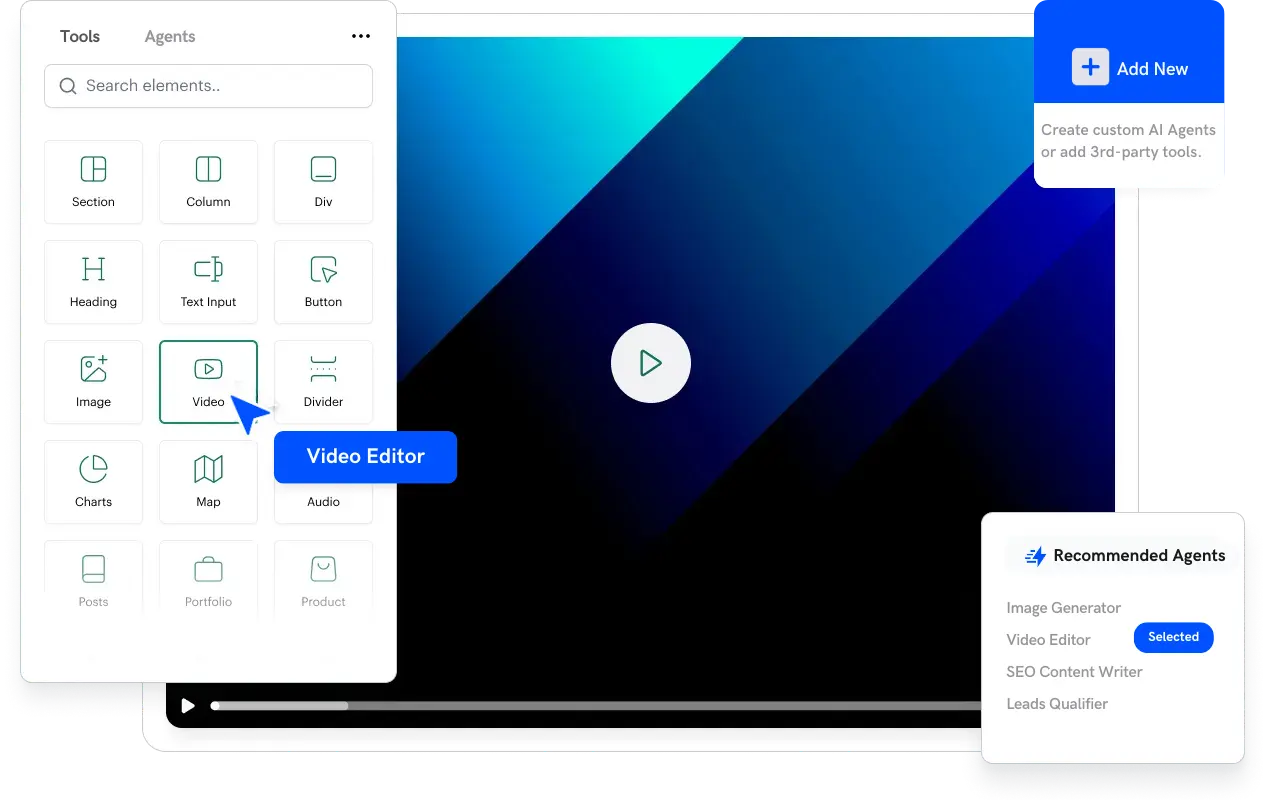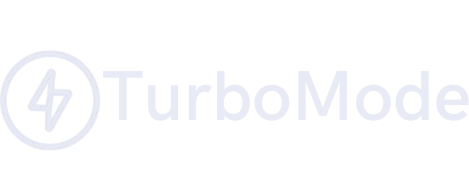Introduction
The rise of artificial intelligence has sparked intense debate about its impact on employment. While some fear that AI will displace jobs, others assert that it will create entirely new opportunities and redefine workforce roles. Studies from the OECD and World Economic Forum indicate a complex picture: certain tasks and roles may indeed vanish, yet overall productivity and job quality can improve significantly when organizations adapt. This article provides a comprehensive analysis of the effects of AI on employment, examines the potential for job creation through upskilling and innovation, and details how platforms like TurboMode AI can help businesses harness AI for competitive advantage.
The Dual Impact of AI on Employment
- Job Displacement Concerns:
Automation of repetitive, low-skill tasks may lead to the disappearance of certain roles. Industries such as manufacturing, customer service, and data entry are particularly vulnerable. - Creation of New Roles:
At the same time, AI drives the creation of new roles that require advanced technical and soft skills. Positions in data science, machine learning, and AI ethics are emerging as vital components of modern business.
Evidence from Research
- Global Trends:
Research by PwC predicts that AI could contribute up to $15.7 trillion to the global economy by 2030, largely through productivity improvements and the creation of new roles. - Reskilling Imperatives:
A study from the World Economic Forum highlights that nearly 50% of workers may need significant reskilling by 2025. This underscores the importance of adaptive learning and continuous professional development.
Key Factors Driving New Opportunities
- Increased Efficiency and Productivity:
As AI automates mundane tasks, employees can focus on more strategic and creative functions, leading to improved performance and innovation. - Innovation and New Business Models:
AI paves the way for innovative business models, such as gig platforms and digital marketplaces, which open up entirely new job categories. - Upskilling and Reskilling Programs:
Organizations that invest in upskilling initiatives enable their workforce to transition to higher-value roles, transforming job displacement into career advancement opportunities.
TurboMode AI Spotlight
TurboMode AI exemplifies how AI can enhance productivity without necessarily reducing job quality. By converting conversations into actionable tasks, TurboMode AI supports workforce efficiency and enables employees to concentrate on areas where human creativity and judgment are essential.
“We’re shifting the game from managing work to getting work done.”
To learn how TurboMode AI can facilitate this transition, book a demo today.
Challenges in the AI Transition
- Resistance to Change:
Workers may fear job loss or skill obsolescence. Effective change management is crucial to foster a culture of adaptability. - Economic Disparities:
Without adequate support, the benefits of AI may be unevenly distributed across different sectors and regions. - Ethical Implications:
Responsible AI practices, transparency in decision-making, and fair labor practices must be prioritized to ensure that the workforce benefits broadly.
Strategies for Mitigation and Growth
- Invest in Continuous Learning:
Develop internal training programs and partnerships with educational institutions to upskill employees. - Implement Supportive Policies:
Governments and companies should collaborate on policies that facilitate smooth transitions, including unemployment benefits and tax incentives for companies investing in reskilling. - Promote Inclusive Innovation:
Encourage initiatives that ensure the benefits of AI are shared equitably across all levels of the workforce. - Leverage AI for Augmentation:
Use platforms like TurboMode AI to augment human capabilities, not replace them—enhancing productivity while preserving the value of human insight.
Case Studies and Industry Examples
A leading technology company restructured its workforce by investing in upskilling programs that focused on data analysis and machine learning. Within a year, the firm reported a 25% increase in productivity and a smoother transition for employees previously in manual roles. Similarly, a global retail chain deployed AI tools that automated inventory management, leading to a reduction in labor costs and freeing up staff for customer service and sales tasks—demonstrating that AI can create opportunities when paired with effective workforce planning.
Future Outlook
The net impact of AI on employment depends on proactive adaptation. Future trends may include:
- Hybrid Roles:
Jobs that blend technical expertise with creative problem-solving. - Personalized Learning Platforms:
AI-driven education tools that continuously update employee skills in response to industry changes. - Greater Collaboration Between Public and Private Sectors:
Joint initiatives to support workforce transformation and ensure that economic gains are widely shared.
Conclusion
The debate over whether AI will replace jobs or create new opportunities is multifaceted. While automation will undoubtedly eliminate certain low-skill roles, it also holds enormous potential to enhance productivity, drive innovation, and create high-value jobs. By focusing on upskilling, embracing ethical practices, and leveraging advanced tools like TurboMode AI, organizations can navigate this transition successfully. Adaptation is key to turning the challenges of AI into opportunities for sustainable growth. Book a demo today to see how TurboMode AI helps bridge the gap between technology and human potential.





